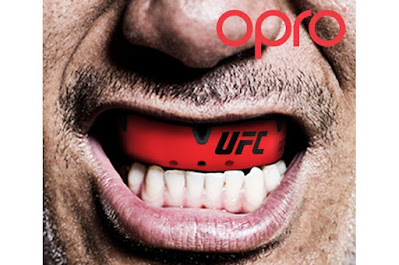Dental emergencies can occur at any time, causing pain and discomfort. Knowing how to identify these situations and respond appropriately is essential to preserving your oral health. In this article, we will explore the different types of dental emergencies, the steps to take in an incident, and how to prevent these situations.
Also Read:
Table of Contents
- What is a Dental Emergency?
- SOS Dentist Sousse: Schedule an Appointment Today
- How to Respond to a Dental Emergency?
- Prevention of Dental Emergencies
- Conclusion
What is a Dental Emergency?
A dental emergency is a situation that requires immediate intervention by an oral health professional. Symptoms may include:
- Severe tooth pain: a sharp or throbbing pain that does not subside with over-the-counter pain relievers.
- Swelling of the face or mouth: indicating a possible infection or inflammation.
- Broken, cracked, or avulsed tooth: often resulting from trauma.
- Loss of crown or filling: exposing the tooth to additional risks.
- Presence of a foreign object stuck between the teeth: which can cause discomfort or infection.
Emergency Walk-In Dentist | 24/7 Urgent Dental Care
Contact us via WhatsApp for more information regarding your dental emergency.

What to do When You Have a Dental Emergency?
Adopting proper practices during a dental emergency can make a significant difference. Here are some tips for handling common situations:
1. Severe Tooth Pain
If you experience intense pain that does not subside with pain relievers, apply a cold compress to the affected area to reduce inflammation and contact your dentist immediately.
2. Avulsed Tooth
- Retrieve the tooth: Handle it by the crown, avoiding contact with the root.
- Clean it gently: Rinse it with water without using soap or chemicals.
- Reinsert it if possible: Try to place it back without forcing. If that is not possible, keep it in milk or in your mouth, between the cheek and gums.
- Consult a dentist promptly: Intervention within one hour increases the chances of saving the tooth.
3. Broken or Cracked Tooth
Rinse your mouth with warm water to clean the area. Apply a cold compress to reduce swelling and contact your dentist for an evaluation.
4. Loss of Crown or Filling
Keep the lost crown or filling and avoid chewing on the affected side. Schedule an appointment with your dentist for repair or replacement.
5. Foreign Object Stuck Between Teeth
Use dental floss to gently try to dislodge the object. Avoid using sharp objects that could damage your gums. If the foreign object remains stuck, consult a professional.
Prevention of Dental Emergencies
Prevention is better than cure. Here are some tips to minimize the risk of dental emergencies:
- Thorough Oral Hygiene: Brush your teeth twice a day and use dental floss daily.
- Regular Dentist Visits: Periodic check-ups help detect and treat problems before they become emergencies.
- Use of Protective Gear During Sports: Wear a mouthguard to prevent dental injuries.
- Avoid Chewing on Hard Objects: Such as ice, hard candies, or pens, which can damage your teeth.
Least but not last
Dental emergencies require prompt and appropriate attention to avoid major complications. By maintaining good oral hygiene, taking precautions during high-risk activities, and regularly consulting your dentist, you can significantly reduce the risk of such situations.
Before you Go!
Note: This article is based on general information. For personalized advice, please consult us.
Schedule an Appointment Today
Contact us via WhatsApp for more information:






0 Comments